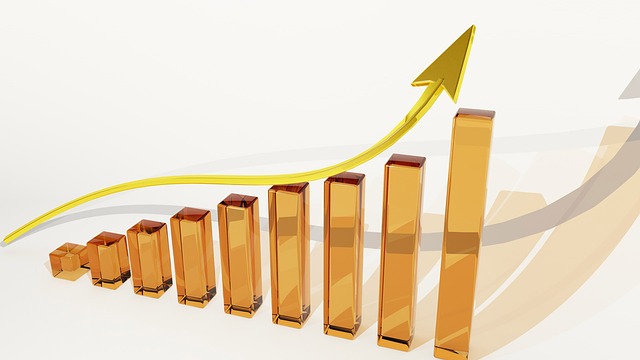Gold prices fell below $1,700 an ounce on Thursday, trading at their lowest level in nearly two months, as precious metals felt the impact of higher interest rates and a stronger U.S. dollar even though gold is traditionally a hedge against high inflation.
Price action
- Gold futures GCZ22, -1.94% for December delivery were off $13.20, or 0.8%, to $1,695.70 an ounce on Comex. Prices tapped a low at $1,688.90, the lowest intraday level for a most-active contract since July 21, FactSet data show.
- December silver SIZ22, -2.24% declined 4.9 cents, or 0.3%, to $19.52 per ounce.
- Palladium PAZ22, -1.71% for December delivery were down $3.20, or 0.2%, to $2,169.50 per ounce, while platinum prices PLV22, -0.11% for October delivery rose $7.90, or 0.9%, to $913.30 per ounce.
- December copper HGZ22, -1.05% shed 1.2 cents, or 0.3%, to $3.508 per pound.
What’s happening
Gold has suffered in the wake of Tuesday’s U.S. consumer-price index reading from August as the dollar strengthens for the week and 2-year Treasury yields TMUBMUSD02Y, 3.860% touched their highest levels since 2007.
That consumer-price index on Tuesday showed a 0.1% rise in August, though economists polled by The Wall Street Journal forecast a 0.1% decline.
The data reinforced expectations that the Federal Reserve is going to raise interest rates by at least 75 basis points next week and “proceed with further aggressive hikes until inflation comes back under control,” said Fawad Razaqzada, market analyst at City Index and FOREX.com, in a market update. “Consequently, the sellers have stepped up the pressure, driving the precious metal below $1,700 again.”
The Fed is expected to deliver its next interest-rate hike on Wednesday, with interest-rate futures pricing in the probability of a 75 basis point hike.
The ICE U.S. Dollar Index DXY, -0.01%, a gauge of the dollar’s strength against a basket of rivals, edged down by 0.1% to 109.55, but trades 0.5% higher week to date. Strength in the dollar can put pressure on dollar-denominated commodities such as gold.
Gold has historically been seen as a hedge against inflation, but “it has proved to be a poor hedge against rising prices, with investors disliking the metal because of rising bond yields and a very strong U.S. dollar,” said Razaqzada.
“In an environment of rising interest rates around the world, investors have instead chosen to sell assets that have little or no yield, such as low-div stocks and metals,” he said. “The latter also costs money to store, making it even less appealing from an investment point of view in the current climate.”

